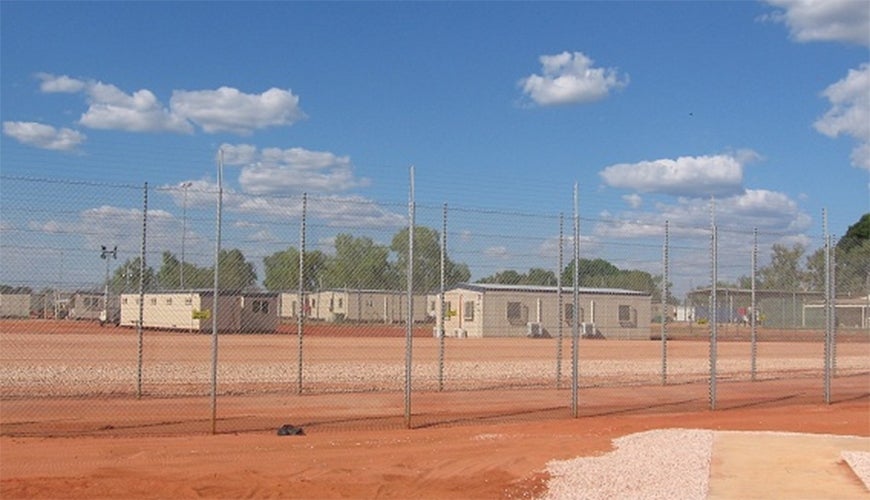Immigration detention and human rights

The human rights of those who are in immigration detention are of special concern to the Commission. Liberty is a fundamental human right, recognised in major human rights instruments to which Australia is a party. People who are held in detention are particularly vulnerable to violations of their human rights.
Why people are held in immigration detention in Australia
Since 1992, Australia has had a system of mandatory detention. Under the Migration Act 1958 (Cth), any non-citizen who is in Australia without a valid visa must be detained. These people may only be released from immigration detention if they are granted a visa or removed from Australia.
How many people are in immigration detention in Australia
As of 31 January 2023, there were 1061 people in immigration detention facilities. A further 516 people, 146 of whom are children, were living in the community after being approved for residence determination. 10, 728 Unauthorised Maritime Arrivals, 1334 of whom are children, were living in the community after being granted a Bridging Visa E.
Length of time in detention
As of 31 January 2023, the average period of time for people to be held in detention centres was 806 days. Over 50% of people in detention facilities have been detained for a period of 366 days or more.
The Department of Home Affairs publishes immigration detention statistics, which outline the number of people in immigration detention and the duration of time spent there.
Where in Australia people are detained
Immigration detention centres (IDCs)
The majority of non-citizens are detained in IDCs, Australia’s highest-security facilities for non-citizens. As of 31 January 2023, the following IDCs are in use:
-
Villawood IDC (NSW)
-
Yongah Hill IDC (WA)
-
Perth IDC (WA)
-
North West Point IDC (WA).
Immigration Transit Accommodation (ITAs)
ITAs are closed detention facilities but have less intrusive security measures than IDCs. As of 31 January 2023, there are three ITAs in use:
-
Melbourne ITA (VIC)
-
Brisbane ITA (QLD)
-
Adelaide ITA (SA).
Alternative Places of Detention (APODs)
Immigration detainees may be held in designated APODs. These may include places such as correctional centres, hospitals and hotels. Stays in APODs are intended to be short-term, and often do not have appropriate facilities for long-term detention.
As of 31 January 2023, there are APODs in the following locations:
-
New South Wales
-
Victoria
-
Queensland
-
South Australia
-
Western Australia
-
Christmas Island
-
Northern Territory.
Community Under Residence Determination
A small number of people are approved for a residence determination to live in the community. These people live in set housing within the community and are generally subject to restrictions that require them to stay in that housing overnight.
The human rights of people in immigration detention
Australia’s international human rights obligations apply to all people, including those in immigration detention. The Australian government has ratified a number of international treaties, including:
-
the International Covenant on Civil and Political Rights (ICCPR)
-
the Convention against Torture and Other Cruel, Inhuman and Degrading Treatment or Punishment (CAT)
-
the Convention on the Rights of the Child (CRC)
-
the Convention Relating to the Status of Refugees (the Refugee Convention).
Australia has one of the strictest immigration detention regimes in the world. It is mandatory, is not time-limited and people are not able to challenge their detention in court. For many years, the Commission has called for an end to this system as it leads to breaches of Australia’s human rights obligations. While the Commission acknowledges the use of immigration detention may be legitimate in certain circumstances, a person should only be held in an immigration facility for a strictly limited period of time if they are individually assessed as posing an unacceptable risk to the Australian community and that risk cannot be managed in a less restrictive way.
The role of the Commission
The Commission has monitored and reported on the conditions for people in immigration detention in Australia for over 20 years. The Commission’s work on immigration detention includes:
-
investigating complaints about alleged breaches of human rights in immigration detention facilities
-
conducting visits to immigration detention facilities and publishing reports on those visits
-
conducting national inquiries
-
developing minimum standards for the protection of human rights in immigration detention.
